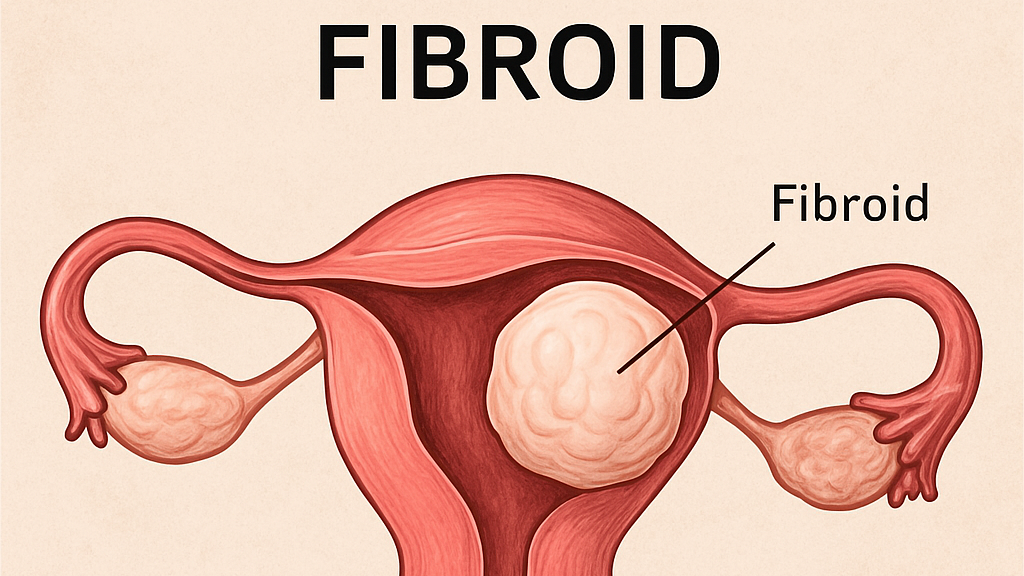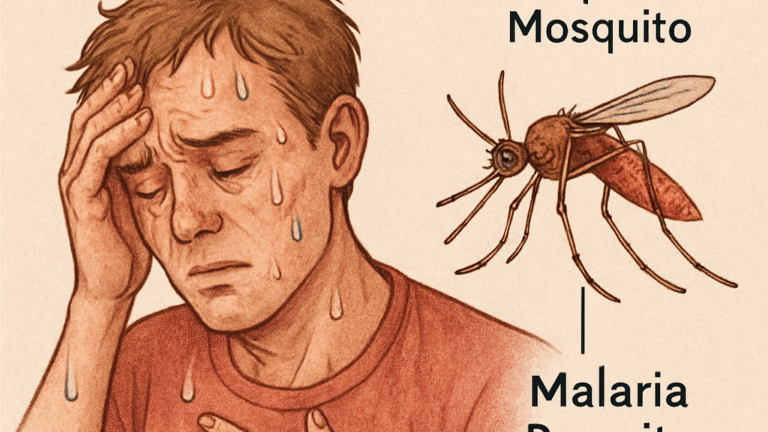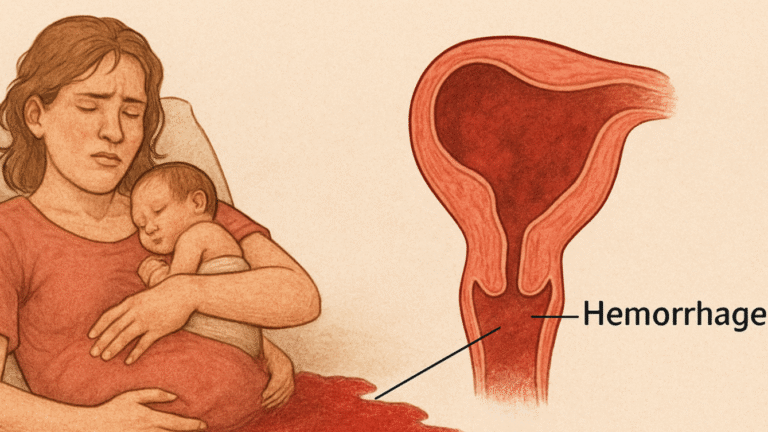Fibroid
Understanding Fibroids: What Every Woman Should Know
Fibroids are one of the most common yet often misunderstood health conditions affecting women, particularly during their reproductive years. While many women may have fibroids without even knowing, others experience painful, life-disrupting symptoms that demand medical attention.
Understanding fibroids is not just essential for treatment—it’s key to prevention, early detection, and overall reproductive health.
What Are Fibroids?
Fibroids, also called uterine fibroids or leiomyomas, are non-cancerous growths that develop in or around the uterus. They can vary in size from as small as a seed to as large as a melon and may appear as a single lump or multiple growths.
Though they are benign (non-cancerous), fibroids can lead to serious health complications if left unmanaged, including fertility issues and severe anemia from heavy menstrual bleeding.
What Causes Fibroids?
The exact cause of fibroids is not fully understood, but several factors are believed to play a role:
Hormonal imbalance, particularly estrogen and progesterone, which stimulate fibroid growth.
Genetic predisposition—having a family history increases your risk.
Age, especially between 30–50 years.
Obesity and poor diet high in red meat and low in fruits and vegetables.
Early onset of menstruation and other reproductive factors.
While the presence of estrogen often fuels fibroid growth, their size and severity can vary greatly between individuals.
Symptoms of Fibroids
Fibroids may cause no symptoms at all, but when they do, they can significantly affect a woman’s quality of life. Common symptoms include:
Heavy or prolonged menstrual bleeding
Severe menstrual cramps
Pelvic pain or pressure
Frequent urination or difficulty emptying the bladder
Pain during sex
Back or leg pain
Difficulty getting pregnant or complications during pregnancy
If you experience any of these symptoms, it’s important to see a healthcare provider for proper evaluation.
Can Fibroids Be Prevented?
While fibroids cannot always be prevented, certain lifestyle changes may reduce your risk or slow their growth:
Maintain a healthy weight—obesity increases estrogen levels.
Eat a balanced diet rich in fruits, vegetables, and whole grains.
Limit red meat and avoid processed foods.
Exercise regularly to balance hormone levels and reduce stress.
Manage stress—chronic stress may worsen hormonal imbalances.
Regular checkups can help catch fibroids early before they become problematic.
Early detection and healthy living are key in minimizing the impact of fibroids.
Best Treatment Options for Fibroids
Treatment depends on the size, number, symptoms, and whether the woman wishes to have children. Options include:
1. Medications
Hormonal therapies like birth control pills or GnRH agonists can shrink fibroids or control bleeding.
Pain relievers can help manage symptoms but do not treat the fibroids themselves.
2. Non-Surgical Procedures
Uterine Fibroid Embolization (UFE): Blocks blood flow to fibroids, causing them to shrink.
MRI-guided focused ultrasound: Destroys fibroid tissue using high-frequency sound waves.
3. Surgical Treatments
Myomectomy: Surgical removal of fibroids, preserving the uterus—ideal for women wanting future pregnancies.
Hysterectomy: Complete removal of the uterus—a permanent solution, recommended in severe cases or when childbearing is no longer desired.
Choosing the right treatment should be done in consultation with a gynecologist based on individual needs.
Summary
Fibroids are non-cancerous growths that develop in or around the uterus, commonly affecting women during their reproductive years. Though often harmless, they can cause serious symptoms such as heavy menstrual bleeding, pelvic pain, frequent urination, and fertility issues. The exact cause isn’t fully known, but factors like hormonal imbalance, genetics, obesity, poor diet, and early menstruation contribute to their development. While fibroids can’t always be prevented, maintaining a healthy weight, eating a balanced diet, exercising, and managing stress can reduce the risk. Treatment options vary based on severity and reproductive goals and may include medications, non-surgical procedures like uterine fibroid embolization, or surgery such as myomectomy or hysterectomy. Early detection and informed medical decisions are key to managing fibroids and protecting overall reproductive health.
Final Thoughts
Fibroids are common, but they don’t have to control your life. Through awareness, lifestyle choices, and medical guidance, you can take charge of your reproductive health. Early detection and timely treatment are crucial—don’t ignore the signs.
Empower yourself with knowledge, seek regular medical care, and speak up when something doesn’t feel right. Your health is your power.




